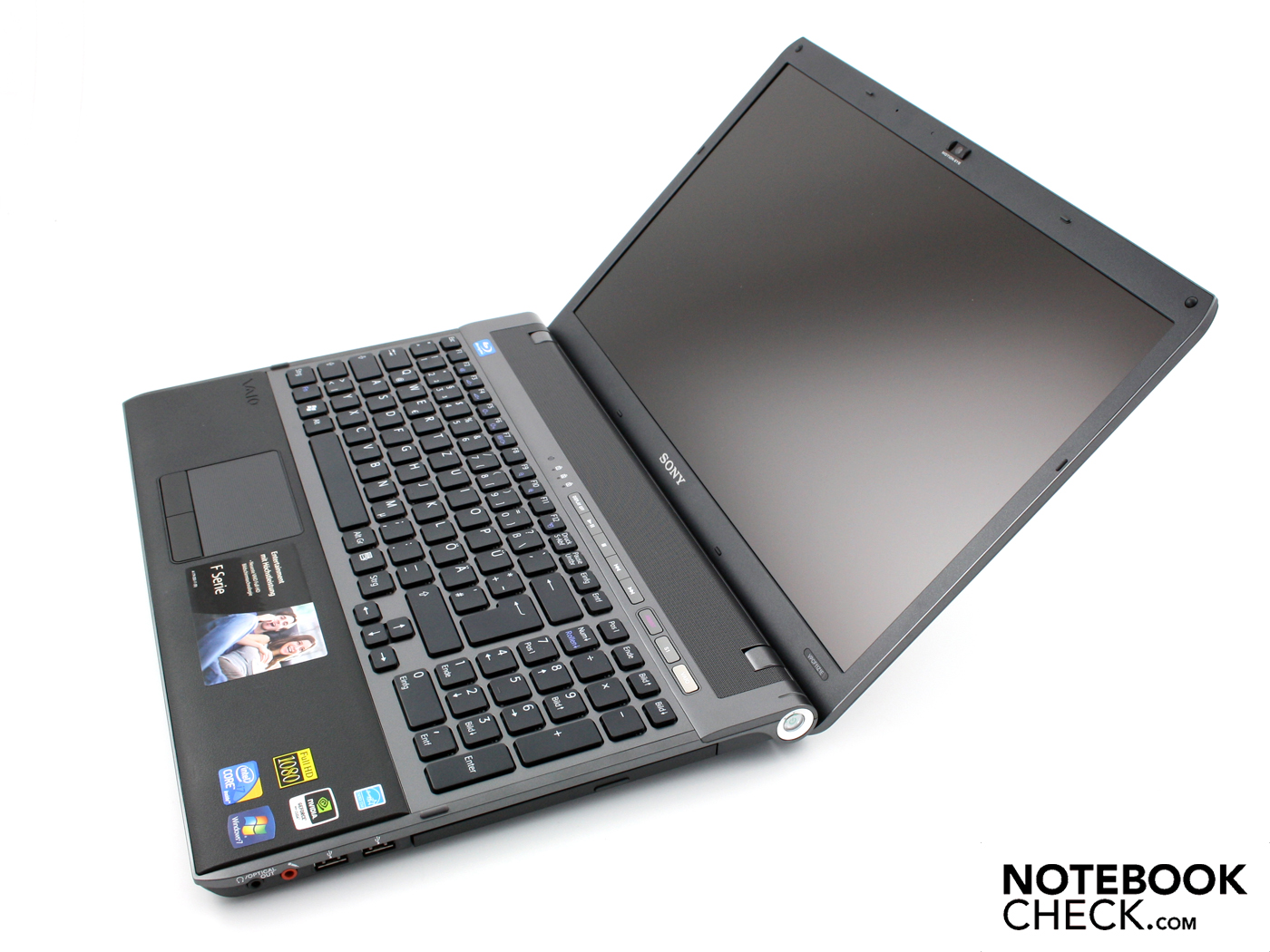Intel Centrino Advanced-n 6200 Agn Driver For Mac
Those devices will not be supported by the newest firmware versions: the last firmware that was released for 3160, 7260 and 7265 is -17.ucode. Bug fixes will be ported to -17.ucode. 7265D, 3165 and 3168's latest firmware version is -29.ucode. In order to determine if your 7265 device is a 'D' version, you can check the dmesg output: Detected Intel(R) Dual Band Wireless AC 7265, REV=0x210 The revision number of a 7265D device is 0x210, if you see any other number, you have a 7265 device.
Firmwareclass dependency. The firmware necessary to support the devices is distributed separately under the. Note that many distributions ship the firmware, you could install the “linux-firmware” package or similar. If that doesn't work, or you need newer firmware, read on.? The driver loads the firmware using the kernel's firmwareclass infrastructure. More information can be found under in the file in the kernel source.
In order to function correctly the driver requires this to be enabled in your kernel. When you configure the kernel, you can find this option in the following location: Device Drivers - Generic Driver Options - Userspace firmware loading support You can determine if your kernel currently has firmware loader support by looking for the CONFIGFWLOADER definition on your kernel's.config file. In addition to having the firmwareclass support in your kernel, you must also have a working userspace infrastructure configured. The steps for installing and configuring this are very distribution specific and the tools differ, but distributions have this enabled. Once you have the firmware loader in place (or if you aren't sure and you just want to try things to see if it works), you need to install the firmware file into the appropriate location.

About the backport tree. We merge the updates coming from the backport infrastructure on a regular basis. This means that the bleeding edge of the backport tree will run against decently recent kernel (usually against Linus's tree). If you checkout an earlier branch / commit in backport-iwlwifi.git, you might not be able to work against the most recent kernel. Please keep that in mind. We have a release cycle based on the backport tree. These can be very useful for someone who wants to integrate our Wi-Fi solution into his home made system.
About platform noise. Wi-Fi heavily relies on radio frequencies, and those are subject to interference. Interference may come from another Wi-Fi device, or from many other non Wi-Fi devices (e.g.
Microwaves) that operates on the same frequency, and it might also come from other components of your own device/computer – this is known as 'platform noise'. Platform noise depends on the actual platform/computer and its design/manufacturing, and not on the Intel Wi-Fi module.
Some common sources of platform noise might be:.
Intel 6200 Agn Driver
T510 Intel Centrino Advanced-N 6250 AGN drivers later than version 13.2.0.30 seem not to work well with my 2TB Apple Time Capsule wireless access point with firmwares 7.5, 7.5.1, or 7.5.2. The T510 is running Windows 7 64-bit (fully patched, both with and without SP1, including a fresh OS install using our standard corporate OS image). With 13.2.0.30, if I do a iping –t/i to the IP address of the WAP, I usually see 1 ms response times. Occasionally, I’ll see a spike of 10 – 200+ ms response times.
Intel Centrino 6200 Agn Driver
Even more occasionally, I’ll see a irequest timed out/i or iReply From: Destination Host Unreachable /i message, but it quickly recovers. With versions later than 13.2.0.30, all of these symptoms occur more frequently and recovery from a irequest timed out/i or a ihost unreachable/i condition can take many seconds or even a minute plus. Inexplicably, at least to me, the problem seems aggravated if I have a remote desktop session open from my notebook to another computer. Also, there’s no sign of the problem when pinging from the MacBook Pro laptops on the network.
Matshita bd mlt uj 220s drivers for mac. I purchased windows 7 and installed the 64 Bit version. The device appears with the correct name as above but only as a cd rom capability. Everything seems to work fine apart from my Matshita BD-MLT UJ-220S Bluray burining drive. The laptop only sees it as a CD Rom. It can read and write CD's and it can read normal Dvds.
I don't have a solution but only a semi-me-too. I just wasted a lot of time figuring out that the current Intel driver (13.4.0.9?) and PROSet software for the Advanced-N 6200 card in my T510 causes big problems. After sleep, there is a long delay for connection (sometimes needs to be forced) and then there is a 60 second delay while 'identifying network.' I deleted the Intel software and driver and deleted the device and let Win 7 select a driver which was 13.2.0.30, which is backlevel, as you know. Works perfectly.
(I previously used Access Connections but deleted that during my experiments and will probably leave it off.) RA. What seems to help more than anything is using separate SSID for the 2.4 GHz and 5 GHz networks. I'm still seeing a few dropouts, but they are now rather infrequent and fairly short. I suspect the Intel driver may do excessive roaming between two bands on the same SSID, even when Roaming Aggressiveness is set to 1 (already set there) and that the latest driver may be more aggressive at band switching. However, that's just conjecture. I'll try disabling power management and see if that also helps.